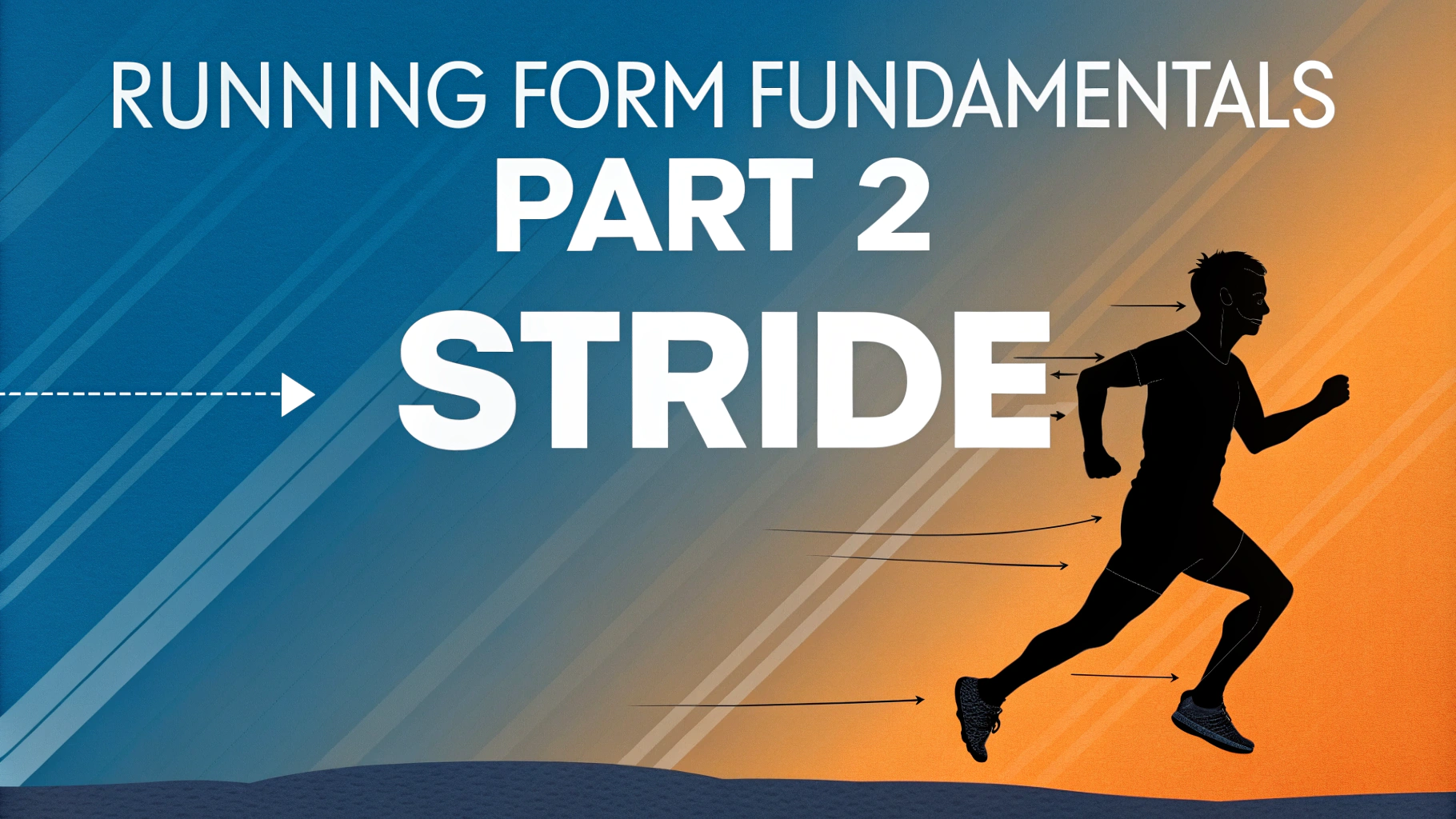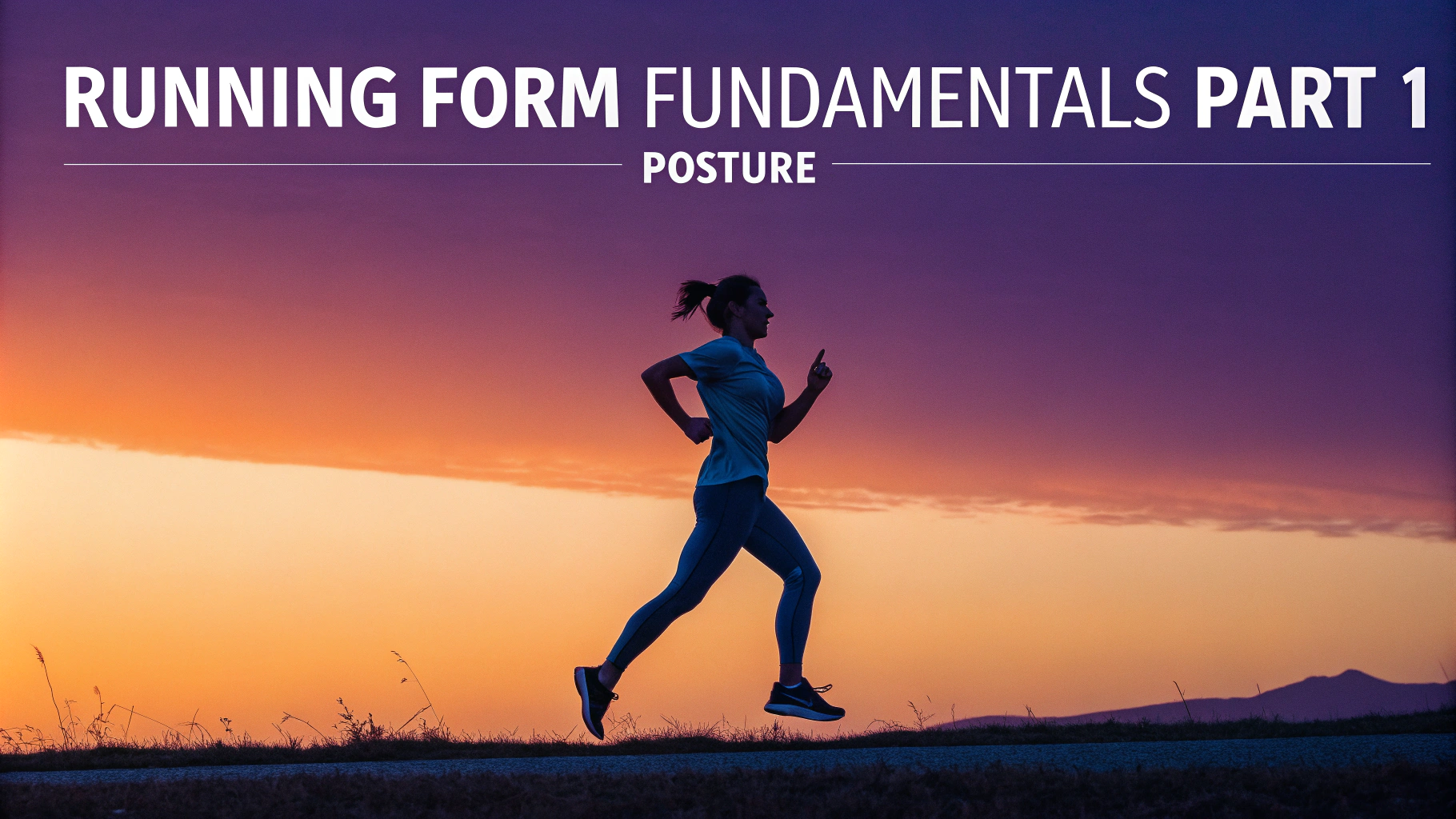Proper arm movement can make a significant difference in your running efficiency and overall performance.
Your arms should swing naturally back and forth, with elbows bent at approximately 90 degrees.
Key Elements of Proper Arm Movement
- Keep arms relaxed, avoiding tension in shoulders
- Maintain elbows close to body
- Drive arms backward more than forward
- Let hands swing from chest to hip level
Common Arm Movement Mistakes
- Crossing arms over the centerline of body
- Clenching fists while running
- Holding arms too high or too low
- Moving arms side-to-side instead of front-to-back
A simple drill to practice proper arm movement is standing in place and swinging your arms with proper form for 30 seconds.
How Arm Movement Affects Running
| Aspect | Impact |
|---|---|
| Speed | Faster arm movement naturally leads to faster leg turnover |
| Balance | Proper arm swing helps maintain stability while running |
| Energy | Efficient arm movement reduces unnecessary energy expenditure |
Quick Fixes for Better Arm Movement
- Imagine holding potato chips between thumb and forefinger while running
- Focus on driving elbows backward
- Keep shoulders down and relaxed
- Practice arm movement while watching yourself in a mirror
Your arm movement should match your running pace – faster running requires quicker arm movements.
When running uphill, your arms should pump more vigorously to help power you up the incline.
Expert Tips
- Record yourself running to analyze your arm movement
- Practice arm movement separately during walking
- Focus on arm form during easy runs before implementing in faster workouts
For personalized form analysis, consider working with a certified running coach (find one through RRCA).
Remember that changes to running form take time and consistency to become natural – expect 4-6 weeks of practice before new movements feel automatic.
Training Progression
Week 1-2
- Practice arm movement while walking
- Incorporate arm drills before easy runs
- Focus on relaxed shoulders and proper hand position
Week 3-4
- Maintain proper form during entire easy runs
- Add arm movement focus to tempo runs
- Practice uphill arm mechanics
Advanced Arm Movement Techniques
Elite runners adjust their arm movement based on race distance and terrain:
| Race Distance | Arm Movement Style |
|---|---|
| Sprints | Aggressive, high arm drive |
| Middle Distance | Balanced, rhythmic movement |
| Marathon | Efficient, energy-conserving motion |
Troubleshooting Common Issues
- Arm fatigue: strengthen upper body with light weights
- Shoulder tension: practice relaxation exercises
- Inconsistent form: use running-specific drills
Conclusion
Proper arm movement is crucial for running efficiency and performance. Focus on maintaining relaxed shoulders, bent elbows, and natural front-to-back motion. Progress gradually through training phases, and remember that consistent practice leads to lasting improvement.
Regular video analysis and feedback from experienced runners or coaches can help refine your technique. As your arm movement becomes more efficient, you’ll likely notice improvements in both running economy and race times.
FAQs
- How should I position my arms while running?
Keep arms bent at approximately 90 degrees at the elbow, with relaxed hands and shoulders. Your arms should swing naturally forward and back, not across your body. - Does arm movement affect running speed?
Yes, proper arm movement can increase running speed by up to 10%. The arms provide counterbalance to leg movement and help generate forward momentum. - Should my hands be clenched while running?
No, keep hands loosely cupped as if holding a delicate chip or butterfly. Clenched fists create tension that travels up the arms and into shoulders, wasting energy. - How high should my arms swing while running?
Arms should swing forward no higher than chest level and back no further than hip level. The movement should be controlled and compact. - What are common arm movement mistakes in running?
Common mistakes include crossing arms over the midline of the body, swinging arms too high, keeping arms too stiff, and allowing hands to swing past the midline. - How do I prevent my arms from crossing my body while running?
Focus on swinging arms parallel to your running direction, imagine running between two parallel walls, and keep elbows close to your sides. - Should arm movement change when running uphill or downhill?
Yes, when running uphill, arms typically pump more vigorously to help power up. When running downhill, arm movement becomes slightly more controlled to maintain balance. - How can I reduce tension in my shoulders while running?
Periodically check for shoulder tension, shake out arms, drop shoulders away from ears, and maintain proper arm angle at 90 degrees. - Does arm movement differ between sprinting and distance running?
Yes, sprinting involves more pronounced arm movement with higher elbow drive, while distance running requires more relaxed, efficient arm movement to conserve energy. - How can I improve my arm movement technique?
Practice arm swings while standing, use a mirror to check form, focus on relaxed shoulders, and gradually implement proper technique during easy runs before applying to faster runs.










